
AllQuestion and Answers: Page 465
Question Number 172929 Answers: 0 Comments: 1
Question Number 172923 Answers: 0 Comments: 0

Question Number 172918 Answers: 0 Comments: 9

Question Number 172915 Answers: 3 Comments: 1

Question Number 172913 Answers: 2 Comments: 0
Question Number 172912 Answers: 1 Comments: 0

Question Number 172910 Answers: 1 Comments: 0
Question Number 172901 Answers: 0 Comments: 10
Question Number 172899 Answers: 0 Comments: 0
$$\int_{\mathrm{0}} ^{\infty} {e}^{−{e}^{{x}} } \sqrt{{x}}\:{dx}=? \\ $$
Question Number 172891 Answers: 0 Comments: 4
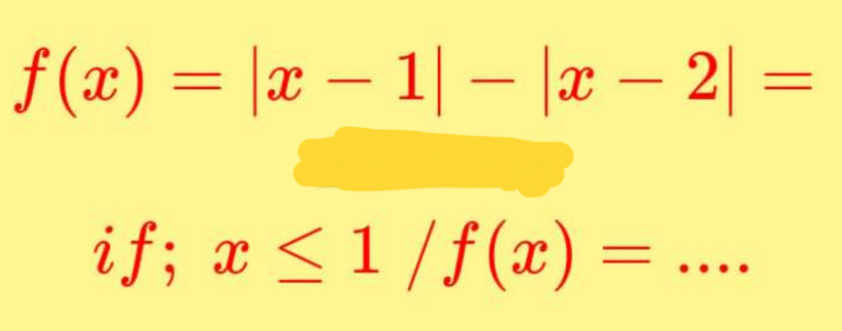
Question Number 172889 Answers: 0 Comments: 0
Question Number 172892 Answers: 0 Comments: 0

Question Number 172878 Answers: 1 Comments: 1
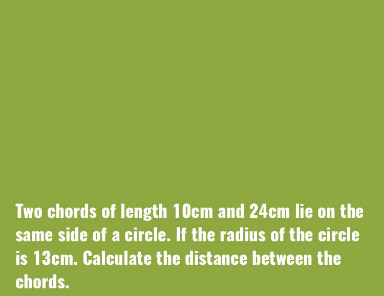
Question Number 172872 Answers: 4 Comments: 0
Question Number 172862 Answers: 0 Comments: 5

Question Number 172847 Answers: 0 Comments: 0
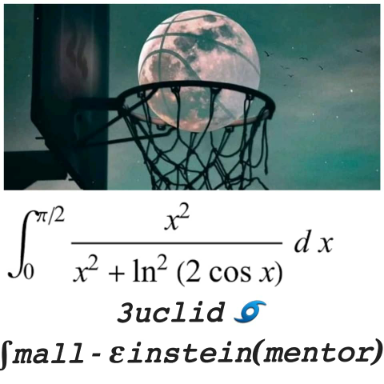
Question Number 172842 Answers: 0 Comments: 1
Question Number 172839 Answers: 1 Comments: 0
$$\mathrm{I}=\int\frac{\mathrm{1}}{\mathrm{lnx}}\mathrm{dx}=? \\ $$
Question Number 172838 Answers: 2 Comments: 1
Question Number 172833 Answers: 0 Comments: 0
Question Number 181382 Answers: 2 Comments: 1

Question Number 172824 Answers: 2 Comments: 2

Question Number 172823 Answers: 1 Comments: 0

Question Number 172822 Answers: 1 Comments: 0
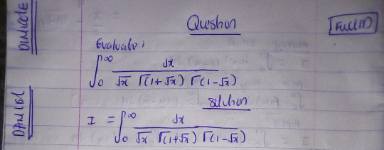
Question Number 172821 Answers: 0 Comments: 1
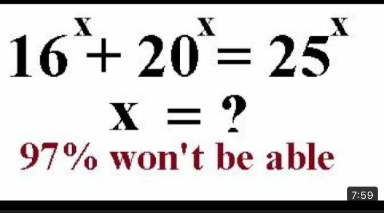
Question Number 172820 Answers: 1 Comments: 0
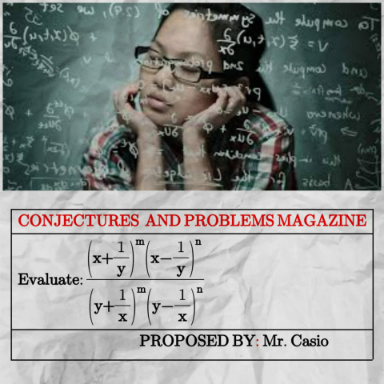
Pg 460 Pg 461 Pg 462 Pg 463 Pg 464 Pg 465 Pg 466 Pg 467 Pg 468 Pg 469
